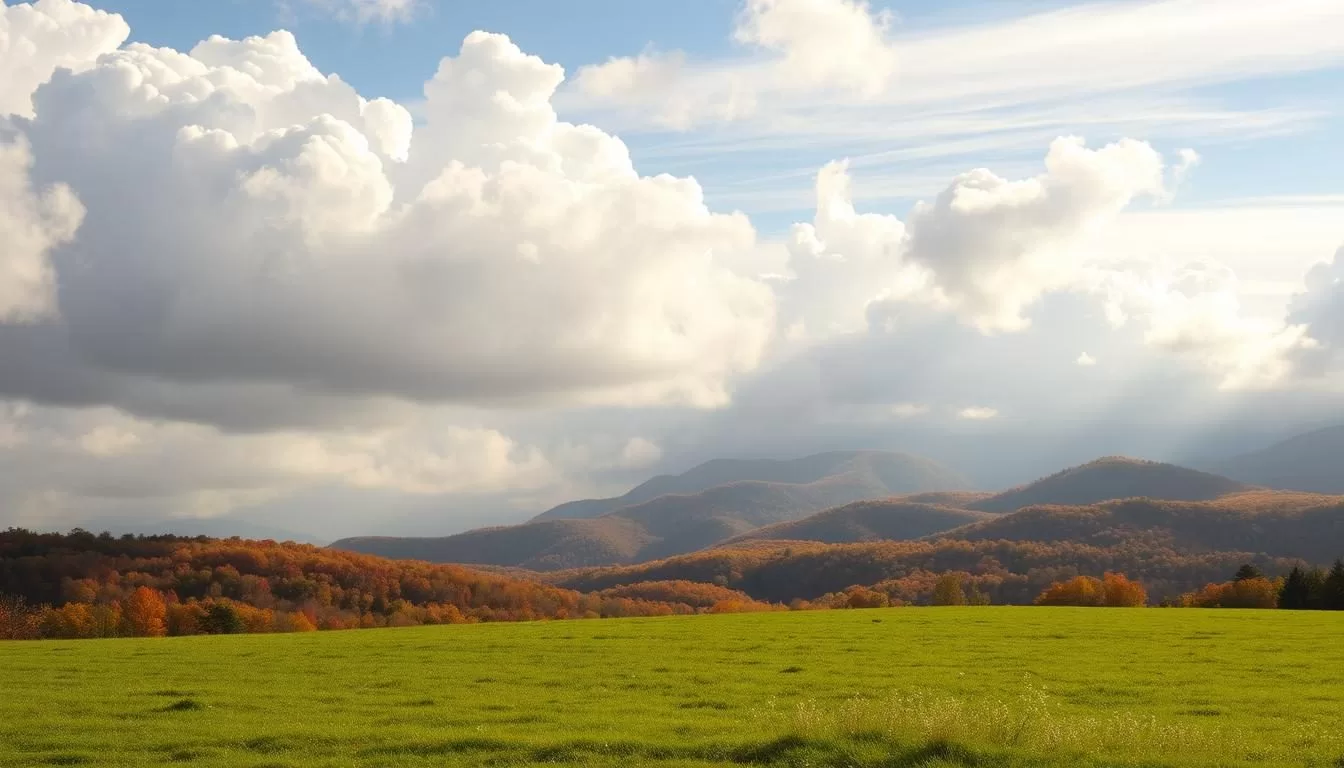✓ Accommodations ✓ Flights ✓ Rental Cars ✓ Tours & Activities
Are you ready to explore the vibrant city of Raleigh and the scenic beauty of Greensboro? Understanding the weather patterns is crucial to making the most of your trip.
The state’s diverse climate varies dramatically from the mountains to the coastal plains, offering a unique experience for travelers. With four distinct seasons, each bringing its own charm, you’ll want to plan your visit accordingly.
Whether you’re looking for outdoor adventures, cultural experiences, or relaxing beach time, this guide will help you navigate the best time to visit North Carolina. By considering regional weather patterns and seasonal events, you’ll be well-prepared for an unforgettable trip.
Understanding North Carolina’s Diverse Climate
From the coastal plains to the mountainous regions, North Carolina experiences a wide range of climatic conditions. This diversity is shaped by its geography, with significant variations across different parts of the state.
From Mountains to Coast: Regional Weather Variations
The climate in North Carolina varies significantly from the mountains to the coast. The mountainous regions tend to have cooler temperatures and more pronounced seasonal changes, while the coastal areas are generally milder. Understanding these regional differences is key to planning a weather-savvy trip.
Four Distinct Seasons Across the State
North Carolina experiences four distinct seasons throughout the year. Here’s a breakdown of what you can expect during each season:
- Spring brings mild temperatures and blooming flowers across the state.
- Summer is characterized by hot and humid weather, especially in the eastern regions.
- Fall offers cooling temperatures and spectacular foliage, particularly in the mountains.
- Winter varies significantly by region, with mild conditions along the coast and potential for snow in the mountains.
The best months to visit depend on your preferences and the activities you have planned.
| Season | Months | Weather Conditions | Regional Variations |
|---|---|---|---|
| Spring | March-May | Mild temperatures, blooming flowers | Milder in coastal regions, cooler in mountains |
| Summer | June-August | Hot and humid | Hotter in eastern regions, cooler in mountains |
| Fall | September-November | Cooling temperatures, foliage | Spectacular foliage in mountain regions |
| Winter | December-February | Mild to cold | Mild along the coast, potential snow in mountains |
Spring in North Carolina: March to May
Spring in North Carolina is a treat for the senses, with each month from March to May offering unique experiences. The season brings a gradual warming of temperatures and a vibrant display of natural beauty.
March: Early Blooms and Mild Temperatures
March marks the beginning of spring in North Carolina, with early blooms and mild temperatures making it an ideal time for outdoor activities. The average highs range from the mid-60s to low 70s Fahrenheit, making it perfect for outdoor exploration.
April: Perfect Weather for Outdoor Exploration
April continues the spring trend with even more comfortable temperatures and a wider range of activities. Daytime highs typically reach the 70s and 80s, making it an excellent time for hiking, biking, and other outdoor pursuits.
May: Festival Season Begins
May is full of life in North Carolina, with cool weather that is perfect for outdoor fun. The month kicks off the festival season, with various events and festivals happening across the state. Some highlights include the Artsplosure Festival, North Carolina Chinese Lantern Festival, Raleigh Rose Garden Festival, and Raleigh Food Truck Rodeo.
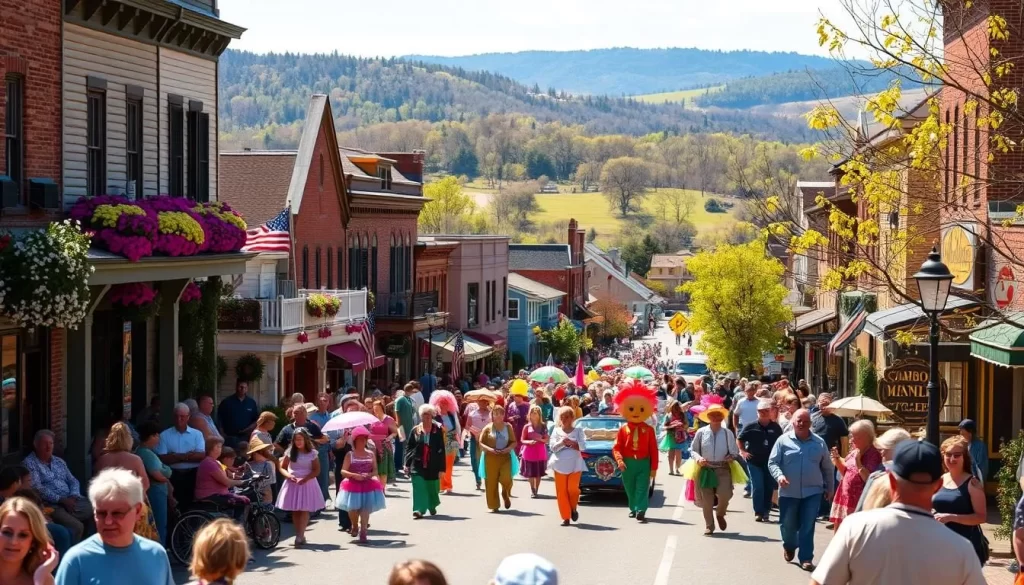
| Month | Average High Temperature | Notable Events |
|---|---|---|
| March | 65-70°F | Early blooms, mild temperatures |
| April | 70-80°F | Outdoor activities, comfortable weather |
| May | 70s to low 80s°F | Festival season begins, various events |
Summer in North Carolina: June to August
North Carolina’s summer, spanning from June to August, offers a diverse range of experiences, from beach trips to cultural events. During this period, the state’s weather is characterized by warm temperatures and humidity, making it ideal for certain activities while challenging for others.
June: Beach Season Kickoff
June marks the beginning of beach season in North Carolina. The temperatures are mild enough to enjoy outdoor activities without the intense heat of the later summer months. It’s a great time for beachgoers to enjoy the Atlantic coast.
July: Peak Heat and Vibrant Activities
July is the peak summer month, with high temperatures and humidity. Despite the heat, the state is vibrant with activities, including outdoor festivals and water sports. The coastal waters are warm, making it perfect for swimming and other water activities.
August: Late Summer Charm
Though summer really begins to wind down from mid-July on, August is still a solid time to visit. All the summer attractions remain open, but the intense crowds begin to give way, providing slightly less occupied hotels and roads. Here are some highlights of what you can expect in August:
- August maintains summer’s heat while beginning to show subtle signs of the approaching fall season.
- The month offers a perfect balance of summer activities with gradually diminishing crowds as schools begin to reopen.
- Coastal water temperatures reach their warmest point, making August ideal for extended ocean swimming and water sports.
- Late summer produce reaches its peak, with farmers markets and restaurants featuring the best of North Carolina’s agricultural bounty.
- August brings slightly better accommodation rates than July, particularly toward the end of the month as summer tourism begins to wane.
Fall in North Carolina: September to November
North Carolina’s autumn season, spanning from September to November, offers a unique blend of natural beauty and cultural events. The weather during this period is generally mild, making it an ideal time visit for outdoor activities and festivals.
September: Post-Summer Perfection
September marks the beginning of fall, with the summer heat dissipating. The season brings comfortable temperatures, perfect for enjoying the outdoors.
October: Fall Foliage and Festivals
October is known for its vibrant fall foliage. The state’s mountains turn brilliant shades of orange, red, and yellow. This season also hosts numerous festivals celebrating the harvest.
November: Early Holiday Season
November brings cooler temperatures and the tail end of fall foliage in lower elevations. It also ushers in early holiday events, with Christmas markets and light displays starting across the state.
| Month | Weather | Events |
|---|---|---|
| September | Mild temperatures | Outdoor activities |
| October | Comfortable temperatures | Fall festivals |
| November | Cooler temperatures | Holiday events |
Visiting North Carolina during the fall season means enjoying a more relaxed atmosphere, with fewer tourists than in the summer months. The weather is generally pleasant, making it a great time visit for those who enjoy outdoor activities and cultural events.
Winter in North Carolina: December to February
North Carolina’s winter season, spanning December to February, offers a unique blend of holiday cheer, winter sports, and cozy retreats. The weather varies across the state, with the mountains experiencing colder temperatures and snowfall, while the coastal regions remain relatively mild.
Holiday Magic in December
December is a festive month in North Carolina, with holiday events and decorations transforming cities and towns. Visitors can enjoy festive markets, ice skating rinks, and holiday lights displays.
Quiet Season Deals in January
January is a quiet month in North Carolina, with many hotels and resorts offering deals and discounts. It’s an ideal time to visit if you’re looking for a budget-friendly winter getaway.
February: Winter’s Last Stand
February marks the peak of winter in the Southeast. At this time, Raleigh might see both cool and warm days, with a possibility of snow or ice. Visitors should be prepared for variable weather by packing layers.
| Month | Weather Conditions | Activities |
|---|---|---|
| December | Cold, potential snow in mountains | Holiday events, festive markets |
| January | Cold, occasional snow | Quiet season deals, indoor attractions |
| February | Variable weather, potential snow | Winter sports, events, and festivals |
North Carolina, United States: Best Months for a Weather-Savvy Trip
The Tar Heel State offers a variety of experiences throughout the year, but some months are better than others for a weather-savvy trip. For travelers seeking to balance weather, cost, and activities, certain months stand out as particularly advantageous for visiting North Carolina.
Top Picks for Mild Weather: April-May and September-October
For those seeking pleasant weather, the periods of April-May and September-October are top picks. During these months, the weather is generally mild and conducive to outdoor activities. In the spring, the blooms and festivals add to the charm, while autumn brings vibrant foliage and comfortable temperatures.
| Month | Average High Temp | Average Low Temp | Activities |
|---|---|---|---|
| April | 75°F | 55°F | Outdoor exploration, festivals |
| May | 80°F | 60°F | Festival season, outdoor activities |
| September | 85°F | 65°F | Beach activities, outdoor events |
| October | 75°F | 55°F | Fall foliage, hiking |
Budget-Friendly Options: January-February
If you’re on a budget, consider visiting North Carolina in January or February. These months offer the best accommodation deals, with significant discounts available throughout the state. While it’s the coldest time of the year, with temperatures ranging from the 30s to 50s, the minimal crowds and authentic local experience can be quite appealing.
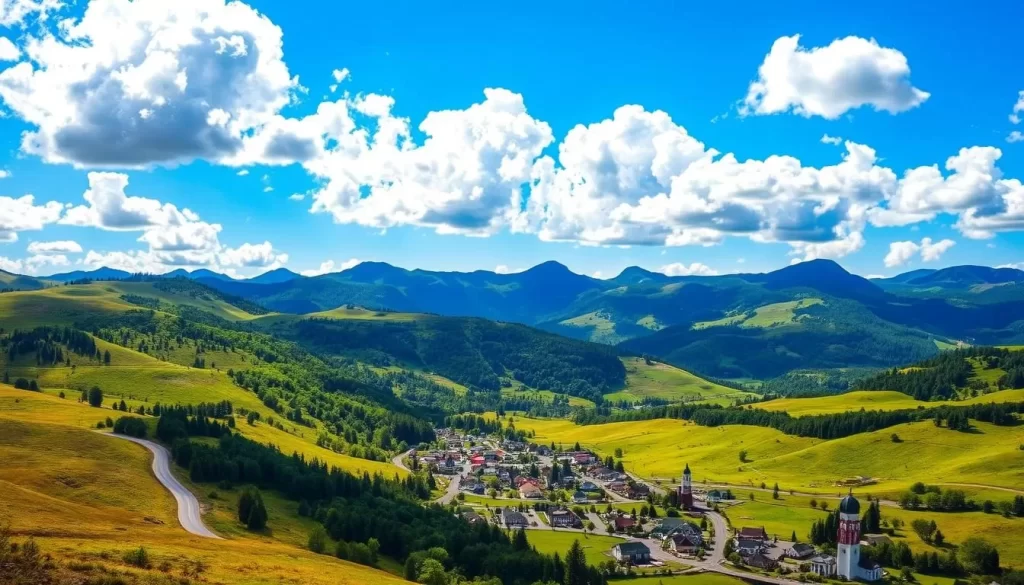
Exploring Raleigh: Seasonal Highlights

As you plan your trip to Raleigh, you’ll find that each season brings its own unique charm and activities. Raleigh, North Carolina’s capital city, is a year-round destination that caters to various interests.
Spring and Fall: Ideal Seasons for Cultural Exploration
During the spring and fall, Raleigh is at its best for cultural exploration. The mild temperatures make it perfect for visiting the city’s numerous museums and historic sites. You can enjoy the North Carolina Museum of History and the Contemporary Art Museum, both of which offer a climate-controlled environment to explore at your own pace.
Summer Events and Winter Attractions
Summer in Raleigh is all about outdoor events and fun activities. The city hosts more than 100 outdoor concerts during the summer, featuring various genres and artists. You can cool off at the Pullen Park Aquatic Center or enjoy the nearby lake beaches. In contrast, winter transforms Raleigh with holiday displays and festivities, including the Winterfest ice skating rink and First Night Raleigh New Year’s celebration.
Greensboro Through the Seasons
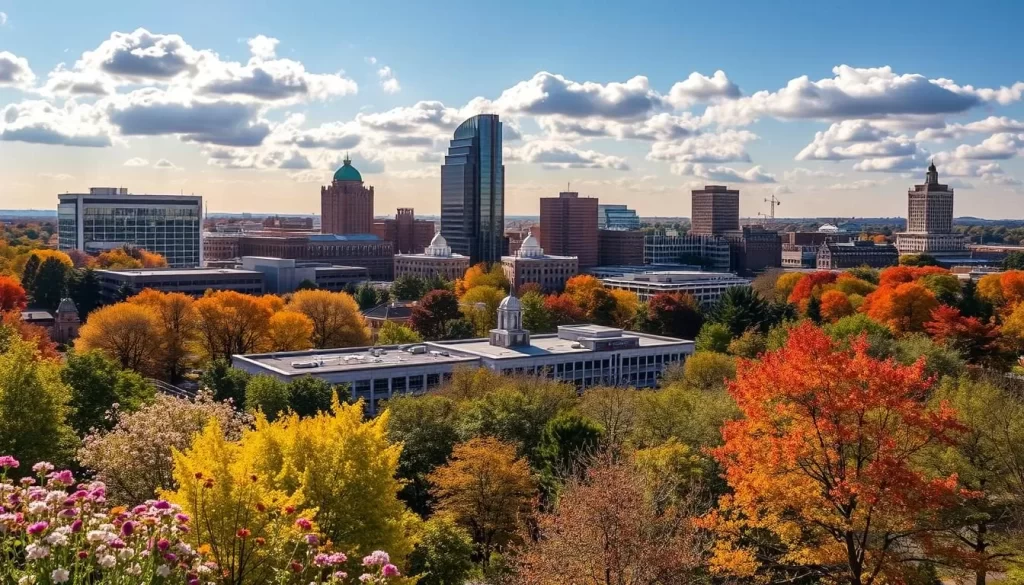
As you plan your trip to Greensboro, NC, understanding the city’s seasonal charm is key to a memorable visit. Greensboro offers a diverse range of activities and events throughout the year, making it an exciting destination for travelers.
Outdoor Activities by Season
Greensboro’s outdoor activities vary by season, offering something for everyone. In the spring, you can enjoy the blooming flowers and mild temperatures, perfect for hiking and exploring the city’s parks. Summer brings warm weather ideal for outdoor concerts and festivals. Autumn is characterized by comfortable temperatures, making it great for outdoor adventures like biking and kayaking. Winter, while cooler, offers a serene landscape and opportunities for ice skating and festive events.
Local Events Calendar Highlights
Greensboro’s event calendar is filled with fun activities throughout the year. Some highlights include:
- Spring: Greensboro Bound Literary Festival and Carolina Blues Festival, showcasing the region’s cultural heritage.
- Summer: Eastern Music Festival and Fun Fourth Festival, featuring outdoor concerts and patriotic celebrations.
- Fall: North Carolina Folk Festival and Greensboro Pride Festival, bringing diverse communities together.
- Winter: Festival of Lights at Tanglewood Park and Winterfest activities, creating a magical atmosphere.
- Year-round: The Greensboro Coliseum Complex hosts major concerts, sporting events, and festivals, ensuring there’s always something to enjoy.
Whether you’re visiting in the spring, summer, fall, or winter, Greensboro has something to offer. With its rich cultural scene, beautiful parks, and vibrant events, you’re sure to have a memorable trip.
Coastal North Carolina: Best Times to Visit
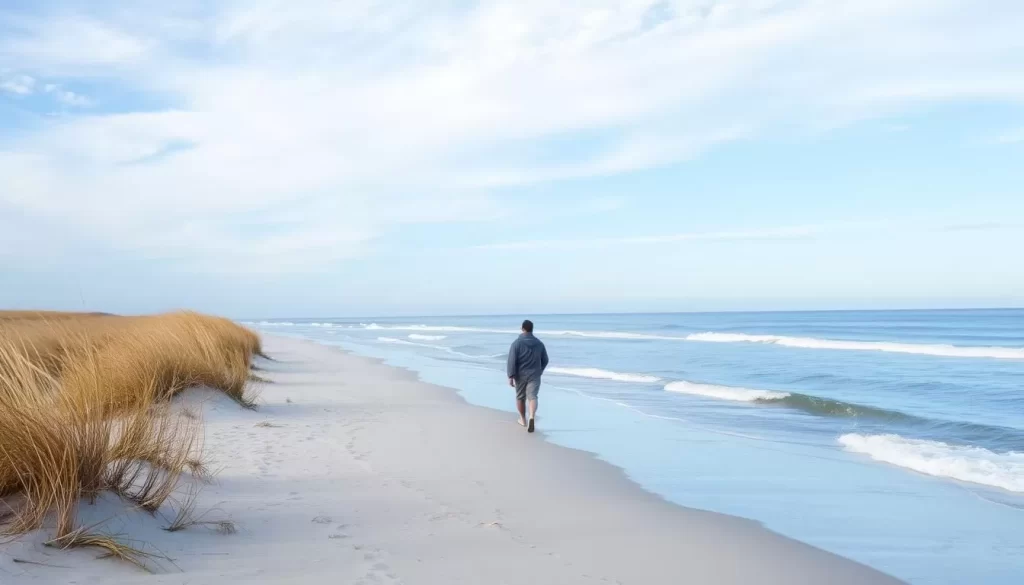
North Carolina’s coastline is a treasure trove of experiences, with each season offering something special. Whether you’re looking for a relaxing getaway or an action-packed vacation, the coast has something for everyone.
Beach Season: When to Enjoy the Atlantic Shore
The beach season in North Carolina typically starts in late spring and extends through early fall. During this time, the weather is warm, and the ocean is inviting. June marks the beginning of the peak season, with schools on summer break and families flocking to the coast.
The summer months offer a vibrant atmosphere, with numerous events and activities. However, it’s also the peak tourist season, meaning larger crowds and higher prices for accommodations.
Off-Season Coastal Charm
As the summer fades, the fall season brings a different kind of beauty to North Carolina’s coast. The weather remains mild, and the crowds dissipate, making it an ideal time to visit for those seeking a more relaxed experience. October is particularly noteworthy, with comfortable temperatures and a plethora of fall festivals.
- Fall and winter bring dramatic skies and peaceful, uncrowded beaches.
- Off-season visitors enjoy significantly lower accommodation rates.
- Many coastal communities host special winter events.
- Wildlife viewing opportunities increase during quieter seasons.
- Winter fishing remains excellent along the coast.
Visiting during the off-season can be a great way to experience Coastal North Carolina, with the added benefit of lower prices and fewer tourists, making it a best months weather-savvy choice for some travelers.
Mountain Region Weather Patterns
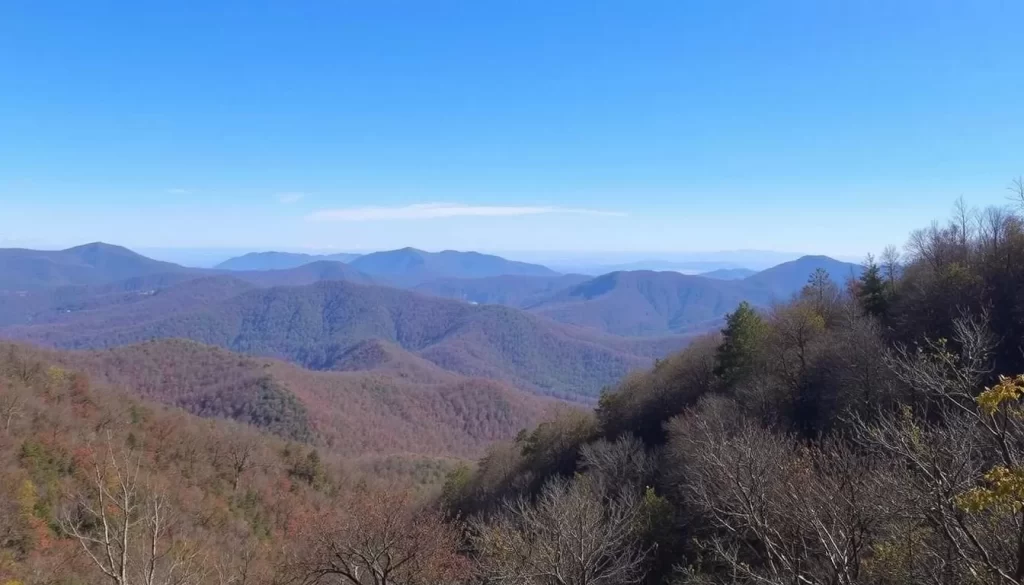
Understanding the weather patterns in North Carolina’s mountain region is key to planning a successful and enjoyable trip. The region’s climate varies significantly with the seasons, impacting the activities you can enjoy.
The best time to visit depends on your preferences, whether you’re looking for mild temperatures, vibrant foliage, or specific outdoor activities. October is particularly popular due to its comfortable temperatures and minimal rainfall, making it ideal for hiking and leaf-peeping.
Asheville and Blue Ridge Parkway: A Seasonal Guide
Asheville and the Blue Ridge Parkway are highlights of North Carolina’s mountain region. Spring brings blooming wildflowers and greenery, while fall is renowned for its vibrant foliage. The best months for a weather-savvy visit are September and October, with comfortable temperatures and scenic beauty.
The area offers numerous scenic drives, hiking trails, and cultural attractions, making it a perfect destination for those who enjoy the outdoors.
Hiking and Outdoor Adventure Timing
The time of year significantly affects hiking and outdoor adventures in North Carolina’s mountains. Late spring (May-June) and fall (September-October) offer ideal conditions with moderate temperatures and scenic landscapes.
- Late spring (May-June) offers ideal hiking conditions with moderate temperatures, blooming wildflowers, and flowing waterfalls.
- Summer hiking requires early starts to avoid afternoon thunderstorms.
- Fall creates perfect hiking weather with cool, crisp days and spectacular foliage.
- Winter hiking requires proper equipment but rewards adventurers with solitude and unique ice formations.
Planning Around Major Events and Festivals
From spring to winter, North Carolina hosts a diverse range of festivals and events that cater to different interests. Whether you’re looking for cultural experiences, outdoor activities, or simply a fun celebration, there’s something for everyone in the Tar Heel State.
Vibrant Spring and Summer Celebrations
During the spring and summer months, North Carolina comes alive with various festivals. You can enjoy the beautiful blooms at the North Carolina Azalea Festival or experience the state’s rich cultural heritage at the Merlefest music festival.
Fall and Winter Celebrations
In the fall, the state hosts numerous harvest-themed events, such as the North Carolina Folk Festival and the Greensboro Pride Festival. As winter sets in, visitors can enjoy festive activities like the Festival of Lights at Tanglewood Park and Winterfest in Blowing Rock. Some other notable events include Oktoberfest celebrations, Halloween events, and peak fall foliage festivals.
- Experience the state’s rich cultural heritage through its various festivals and events.
- Enjoy harvest-themed events in the fall, such as apple festivals and agricultural fairs.
- Participate in festive winter activities, including illuminated nighttime displays and holiday celebrations.
Weather Considerations for Different Activities
To make the most of your visit, understanding the weather’s impact on different activities is crucial. North Carolina offers a wide range of experiences, from outdoor adventures to cultural explorations.
Outdoor Recreation: Hiking, Biking, and Water Sports
The state’s diverse landscape makes it ideal for outdoor activities like hiking, biking, and water sports. Spring and fall are particularly suitable due to their mild temperatures. In contrast, summer’s heat and humidity may require extra precautions for activities like hiking.
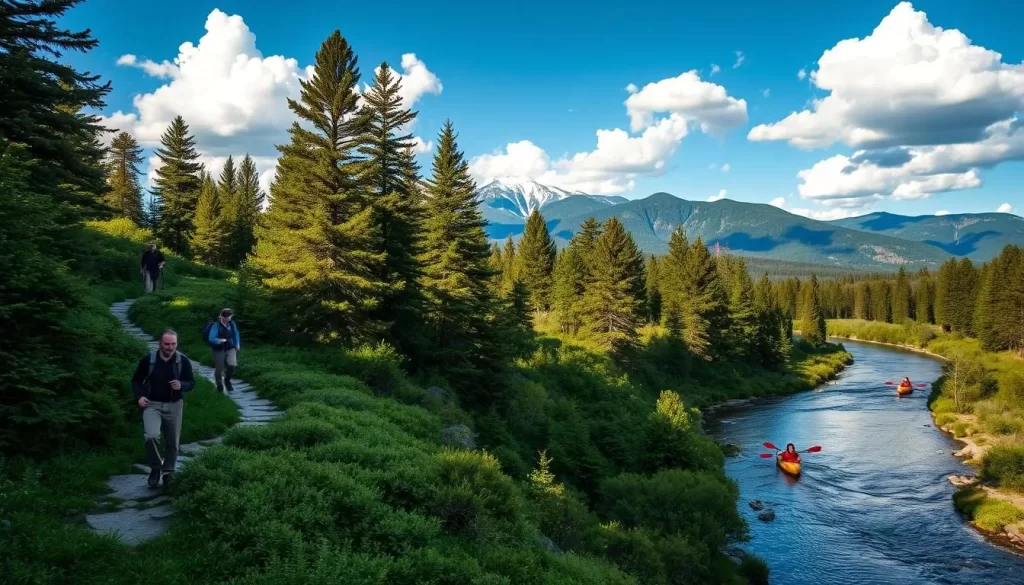
Cultural Experiences: Museums, Historic Sites, and Food Tours
For those interested in cultural experience, North Carolina’s museums and historic sites provide a climate-controlled environment, making them accessible year-round. Food tours also offer a unique experience, showcasing seasonal ingredients and regional specialties. During the time of your visit, you can enjoy various cultural events and exhibitions.
Visiting during the spring or fall can enhance your experience, as these seasons offer comfortable conditions for exploring outdoor historical sites. At any time of the year, there’s something to enjoy in North Carolina.
Accommodation Tips by Season
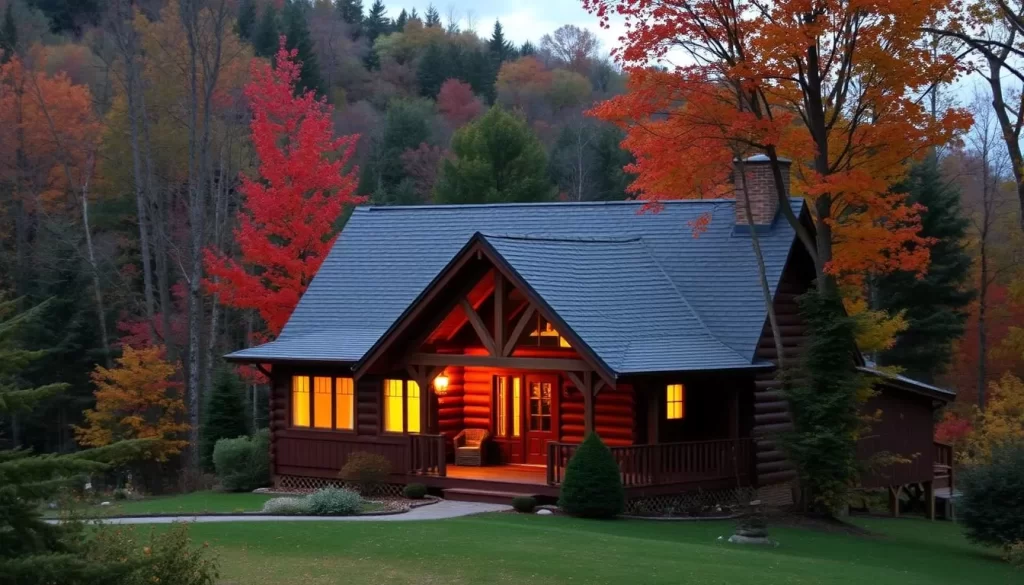
To maximize your savings and ensure a comfortable stay, it’s crucial to time your accommodation booking according to North Carolina’s seasonal trends. Experts suggest booking your trip at least 30-60 days in advance to enjoy the best rates.
Peak vs. Off-Season Rates
Understanding the difference between peak and off-season rates can significantly impact your accommodation costs. During peak seasons, such as summer and October foliage season, rates are higher due to increased demand.
Best Booking Windows for Deals
For coastal properties, booking 4-6 months in advance is recommended for summer stays, while 2-3 months ahead is sufficient for shoulder seasons. Mountain accommodations require 6+ months advance booking for October foliage season and 3-4 months for summer. Last-minute deals are most commonly available in January-February and November, excluding Thanksgiving.
Packing for North Carolina’s Variable Weather
When planning your trip to North Carolina, it’s essential to consider the state’s variable weather conditions. The state’s climate can change rapidly, especially during spring and fall.
Seasonal Packing Lists
Creating a seasonal packing list can help ensure you’re prepared. For spring and fall, include layers for changing temperatures. Summer requires light, breathable clothing, while winter demands warm, layered attire.
Layering Strategies for Changing Conditions
Adopting a layering strategy is key. The “three-layer system” works well: a moisture-wicking base layer, an insulating mid-layer, and a weather-resistant outer layer. This approach allows for adjustments throughout the day as temperatures fluctuate, making it ideal for North Carolina’s variable weather during your trip at any time.
Weather Safety Tips for Travelers
When planning your trip to North Carolina, understanding the weather safety tips is crucial to ensure a smooth and enjoyable journey. North Carolina’s diverse climate, ranging from the mountains to the coast, demands attention to various weather conditions.
Understanding the risks associated with different weather phenomena will help you plan your trip more effectively.
Hurricane Season Awareness
North Carolina’s coastal regions are susceptible to hurricanes, which can impact the time to visit certain areas. Hurricane season typically runs from June to November, with the peak season being mid-August to late October. Travelers should stay informed about weather forecasts and warnings during this period.
- Check the hurricane forecast before traveling to coastal areas.
- Have a contingency plan in case of a hurricane warning.
Mountain Weather Precautions
The mountains of North Carolina experience variable weather, with conditions changing rapidly based on elevation and aspect. Travelers should be prepared for sudden changes in temperature and potential road closures.

- Be aware of the potential for rapid temperature drops, especially at higher elevations.
- Plan outdoor activities for the morning to avoid afternoon thunderstorms.
Conclusion
Understanding North Carolina’s weather patterns is key to unlocking the best experiences the state has to offer. You’ll find that North Carolina is perfect for those who love different weather, with mild winters and warm summers, plus spring and fall full of color.
This makes it great for outdoor fun all year round. The state’s diverse climate means that the best months for a trip depend on your preferences. By planning your trip around the weather, you can maximize your enjoyment.
Whether you visit in spring, summer, fall, or winter, North Carolina offers exceptional travel experiences on your trip.
The above is subject to change.
Check back often to TRAVEL.COM for the latest travel tips and deals.
